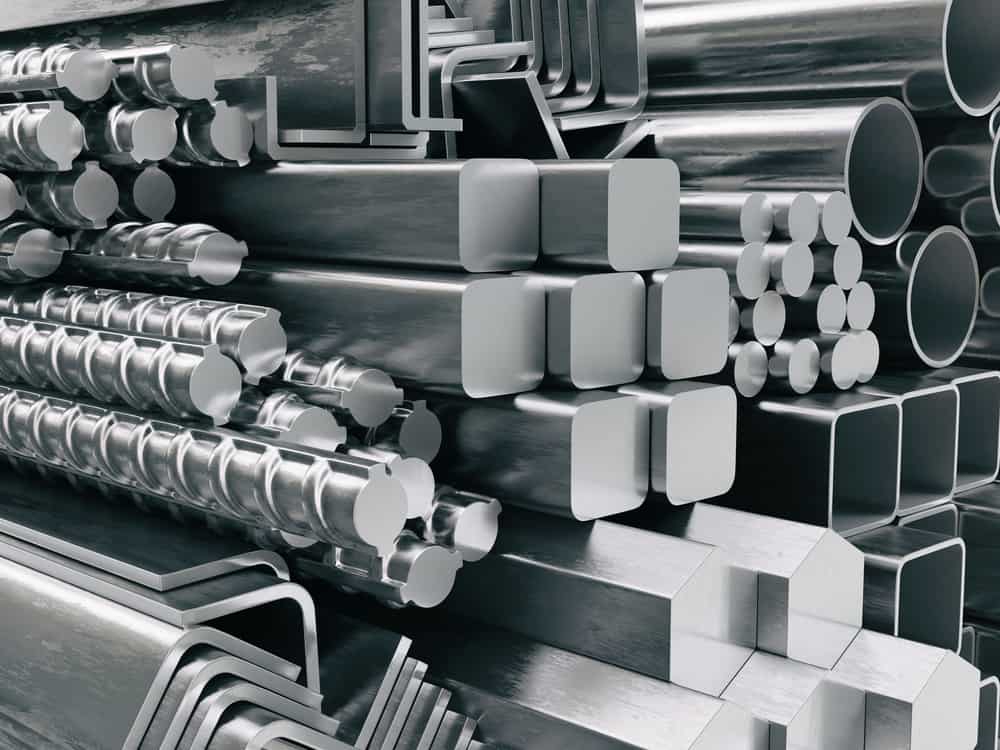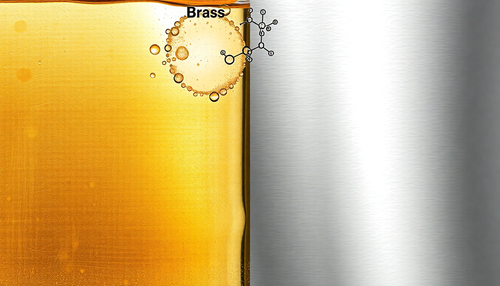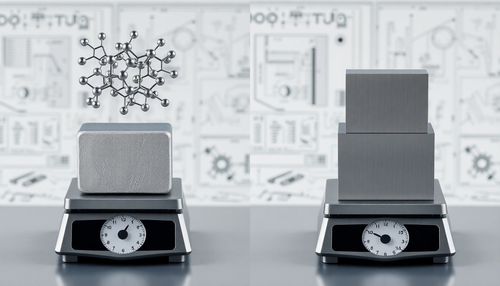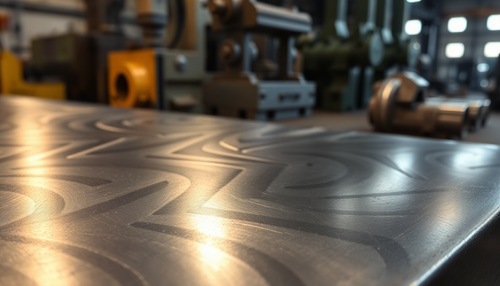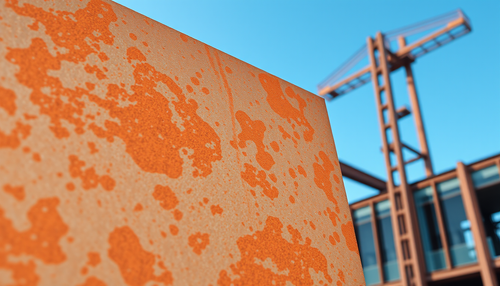40Cr alloy steel
40Cr steel is a Chinese GB standard alloy steel grade for engineering and machinery purposes, and one of the most widely used steel grades. For 40Cr material hardness, specifications and equivalent, see the table below.
After quenching and tempering treatment, 40Cr steel has good comprehensive mechanical properties, low temperature impact toughness, low notch sensitivity, good hardenability and high fatigue resistance in cold oil. During water cooling, the complicated shape of the parts is prone to cracking, the cold bending plasticity is average, and the cutting workability after normalizing is good, but the weldability is poor, it must be preheated before welding and It is generally used in the quenched and tempered state.
Datasheet and specifications
The tables below list 40Cr alloy steel data sheets and specifications, including chemical composition, properties and heat treatment, etc.
Chemical Composition of 40Cr Steel
| Chemical composition (%) | ||||
| Note | W% | Yes | Mn | Cr |
| 40cr | 0.37 – 0.44 | 0.17 – 0.37 | 0.5 – 0.8 | 0.80 – 1.10 |
Mechanical Properties of 40Cr Alloy Steel
- Tensile strength: ≥810 N/mm2 (when the actual hardness is 25 HRC)
- Yield resistance: ≥785 N/mm2
- Elongation after rupture: ≥9%
- Area reduction rate: ≥45%
- Impact absorption energy: ≥47 J
- Material Brinell hardness: ≤207 (high temperature annealing or quenching state)
- Sample size: 25mm
Heat Treatment Specification
- First quenching heating temperature: 850 °C (Cooling: oil)
- Quenching heating temperature: 520°C
40Cr Material Applications
After quenching and tempering treatment of 40Cr alloy steel, it is used to manufacture medium speed and medium load parts such as machine gears, shafts, worms, spline shafts, thimble sleeves, etc.
After quenching and tempering and high-frequency surface quenching, it is used to manufacture high hardness and wear-resistant parts such as gears, shafts, spindles, crankshafts, sleeves, pins, connecting rods, bolts, nuts, intake valves, etc.
After quenching and tempering at medium temperature, it is used to manufacture heavy-duty and medium-speed impact parts such as oil pump impellers, sliders, gears, spindles, collars, etc.
After quenching and tempering at low temperature, it is used to manufacture heavy, low-impact and wear-resistant parts, such as worms, spindles, shafts and collars.
After carbonitriding treatment, it is used to manufacture large-sized transmission parts with high impact toughness at low temperatures, such as shafts and gears.
Equivalent grades of 40Cr material
40Cr steel equivalent to US ASTM AISI, European Germany DIN EN, British BS EN, France NF EN, Japanese JIS and ISO standard.
| Equivalent (for reference) | |||||||||||||
| China | USA | Germany | Japan | France | UK | ISO | |||||||
| Standard | Note | Standard | Note | Standard | Grade (steel number) | Standard | Note | Standard | Note | Standard | Note | Standard | Note |
| GB/T 3077 | 40cr | AISI or ASTM A29/A29M |
5140 | DIN EN 10083-3 | 41Cr4 (1.7035) | JIS G4104 | SCr440 | NF EN 10083-3 | 41Cr4 (1.7035) | EN 10083-3 | 41Cr4 (1.7035) | ISO 683-1 | 41Cr4 |

